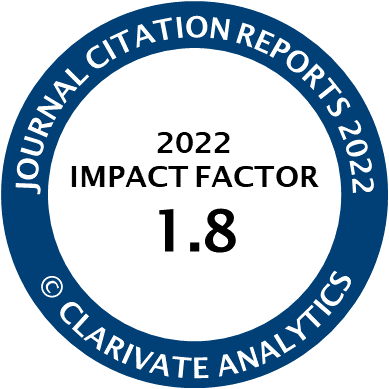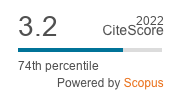Article | Open Access
Variable Arrangements Between Residential and Productive Activities: Conceiving Mixed-Use for Urban Development in Brussels
| Views: | 2368 | | | Downloads: | 1785 |
Abstract: Mixing productive economic activities with housing is a hot topic in academic and policy discourses on the redevelopment of large cities today. Mixed-use is proposed to reduce adverse effects of modernist planning such as single-use zoning, traffic congestion, and loss of quality in public space. Moreover, productive city discourses plead for the re-integration of industry and manufacturing in the urban tissue. Often, historical examples of successful mixed-use in urban areas serve as a guiding image, with vertical symbiosis appearing as the holy grail of the live-work mix-discourse. This article examines three recent live-work mix projects developed by a public real estate agency in Brussels. We investigate how different spatial layouts shape the links between productive, residential, and other land uses and how potential conflicts between residents and economic actors are mediated. We develop a theoretical framework based on earlier conceptualisations of mixed-use development to analyse the spatial and functional relationships within the projects. We situate them within the housing and productive city policies in Brussels. From this analysis, we conclude that mixed-use should be understood by considering spatial and functional relationships at various scales and by studying the actual spatial layout of shared spaces, logistics and nuisance mitigation. Mixed-use is highly contextual, depending on the characteristics of the area as well as policy goals. The vertical symbiosis between different land uses is but one example of valid mixed-use strategies along with good neighbourship, overlap, and tolerance. As such, future commercial and industrial areas will occur in various degrees of mixity in our cities.
Keywords: Brussels; housing; mixed-use; productive activities; urban development
Published:
© Michael Ryckewaert, Jan Zaman, Sarah De Boeck. This is an open access article distributed under the terms of the Creative Commons Attribution 4.0 license (http://creativecommons.org/licenses/by/4.0), which permits any use, distribution, and reproduction of the work without further permission provided the original author(s) and source are credited.




